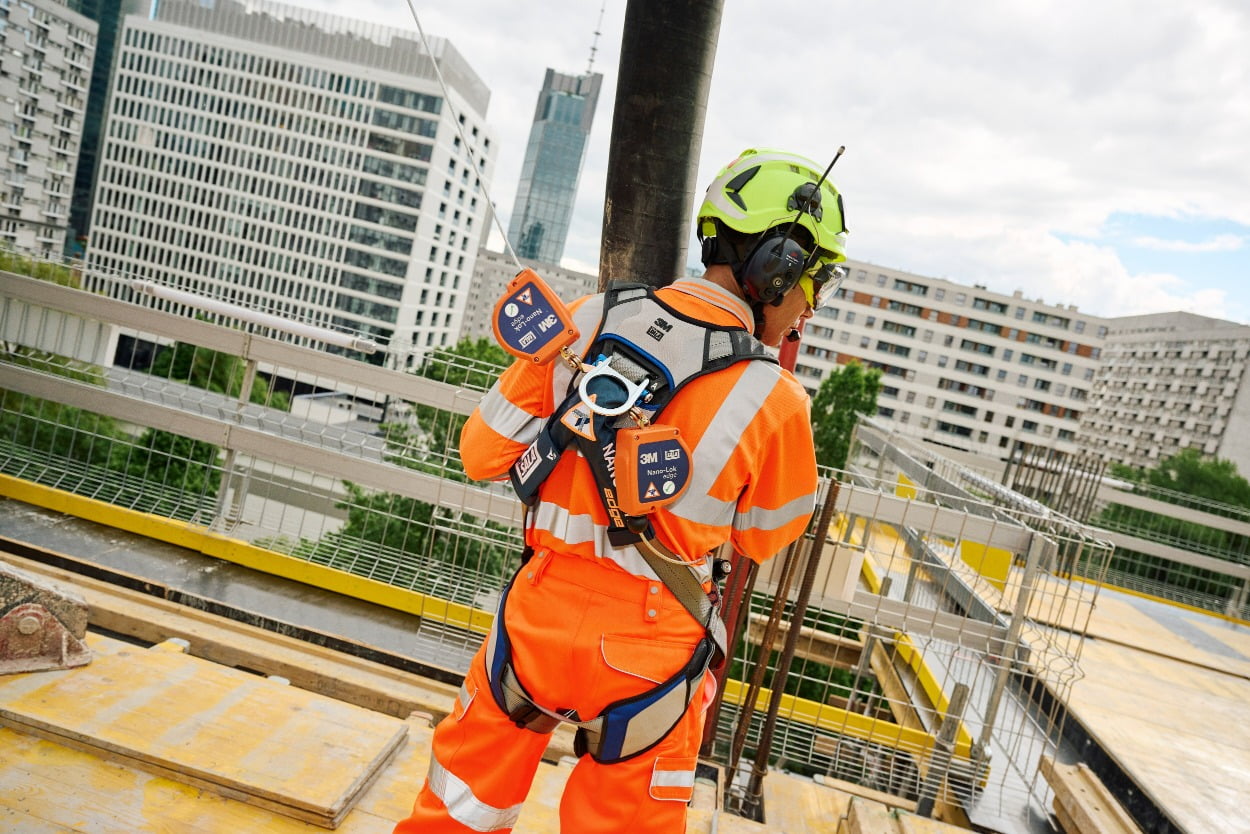WIJNGAARDEN VeiligGoed
PBM-experts
Dienstverlening
Betrouwbare levering
Gemakkelijk besteld en tijdig geleverd op de plek waar u dat wilt.
Deskundig
Verbeterde veiligheid middels PBM-scan, trainingen, webinars enz.
Persoonlijk bestelsysteem
Richt een webshop in voor uw eigen werknemers en behoud het overzicht.
Duurzaam
We grijpen kansen om kleding en PBM gezamenlijk te verduurzamen.
Over ons
Onze klanten bevinden zich overal ter wereld. Kenmerkend zijn de hoge eisen op het gebied van veiligheid en levering. En terecht, omdat persoonlijke veiligheid op nummer 1 staat. Met onze expertise en persoonlijke dienstverlening zijn we sterk gegroeid en mogen we duizenden werknemers beschermen!

Actueel

Een goed gekleed team, is een productief team
In de moderne zakelijke wereld is een professionele uitstraling van onschatbare waarde. Kiezen voor kwalitatieve bedrijfskleding

VeiligGoed Innovatiedag 6 juni 2024
Meld u aan voor de VeiligGoed Innovatiedag. In samenwerking met onze partners nodigen wij u uit

Introductie van de 3M DBI-SALA ExoFit XE-serie
Veiligheidsharnassen, ontwikkeld voor optimale pasvorm, functie en efficiëntie Wanneer u op hoogte werkt, is veiligheid cruciaal.
Referenties
Contact ons
Telefonisch contact
+31 184 434 455
Stuur ons een mail
info@veiliggoed.nl






